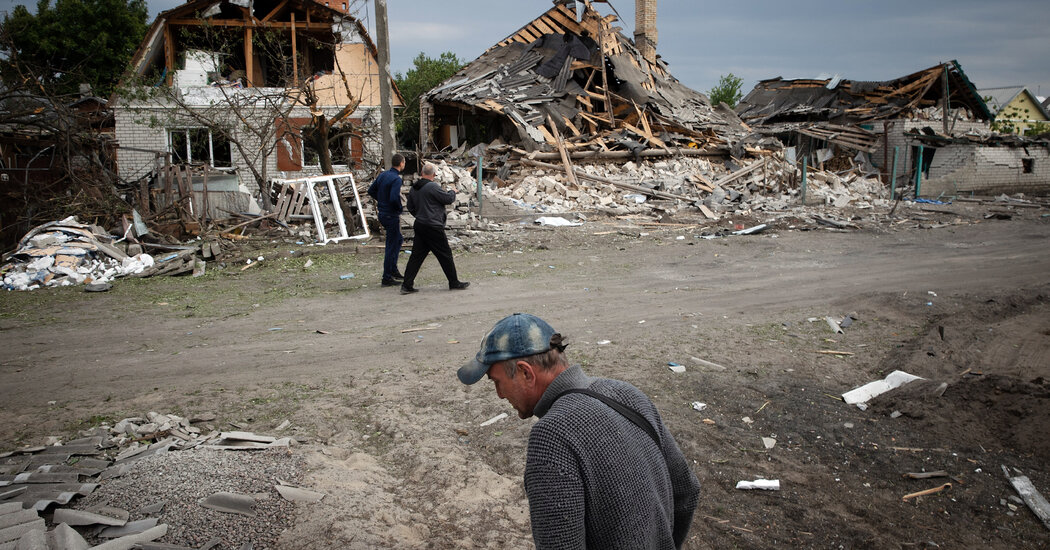
The United States and other major Western economies have agreed on a plan to issue a loan of about $50 billion to Ukraine that would be repaid from interest and profits on nearly $300 billion in frozen Russian assets held in the West.
The promise of much-needed financial support for weapons and to begin rebuilding damaged infrastructure comes as Ukraine has been forced to sell some state assets and the momentum of the war on its soil has shifted in favor of its enemy, Russia , whose forces launched a full-scale invasion in 2022.
President Biden agreed that the United States would underwrite the entire loan, but American officials said they expected allies, including members of the European Union, to provide some of the upfront funds.
The loan would ultimately be repaid through interest and profits earned on the frozen Russian assets, which would serve as collateral.
At a news conference Thursday with Ukrainian President Volodymyr Zelensky in Italy on the sidelines of the Group of 7 summit, Biden said the deal was another reminder to Russian President Vladimir V. Putin that “we will not give up. Indeed, we are united against this illegal aggression.”
In New York on Thursday, Treasury Secretary Janet L. Yellen, the architect of the plan, said that profits from Russia's activities would provide Ukraine with additional aid in the future, making it harder for Putin to wait for the West.
“This is the first tranche and, if necessary, there will be others behind it,” Yellen said. “In a sense, we are asking Russia to help pay for the damage it has caused.”
European Commission President Ursula von der Leyen said Thursday that all members of the Group of 7, the world's richest large democracies, will participate, including the European Union itself, but the extent of each individual's participation is being studied. member. by finance ministers and other technical experts.
The European Union could contribute up to half the money, a senior European official said, speaking anonymously under normal diplomatic rules, while American officials said Washington would make up any remaining difference.
The issue is complicated, because if Russian assets are unfrozen or if interest rates drop significantly, interest and profits may not cover the loan, requiring a burden-sharing agreement with other countries to ensure repayment.
The idea of a loan using assets is an American one, given the need to get money to Ukraine quickly and before the November US elections that could bring back Donald J. Trump, who has been more critical of aid to Ukraine to the presidency.
The European Union had agreed to use only annual profits and interest from the assets – perhaps $3 billion – to help Ukraine, but it embraced the essence of the American plan once the question of who would guarantee the loan appeared to have been resolved.
The money is expected to be disbursed through various channels, instead of being delivered directly to Ukraine, so that it will be used for Ukraine's urgent military, budgetary and reconstruction needs, the European official said.
Alan Rappeport AND Tim Balk contributed to the reporting.
